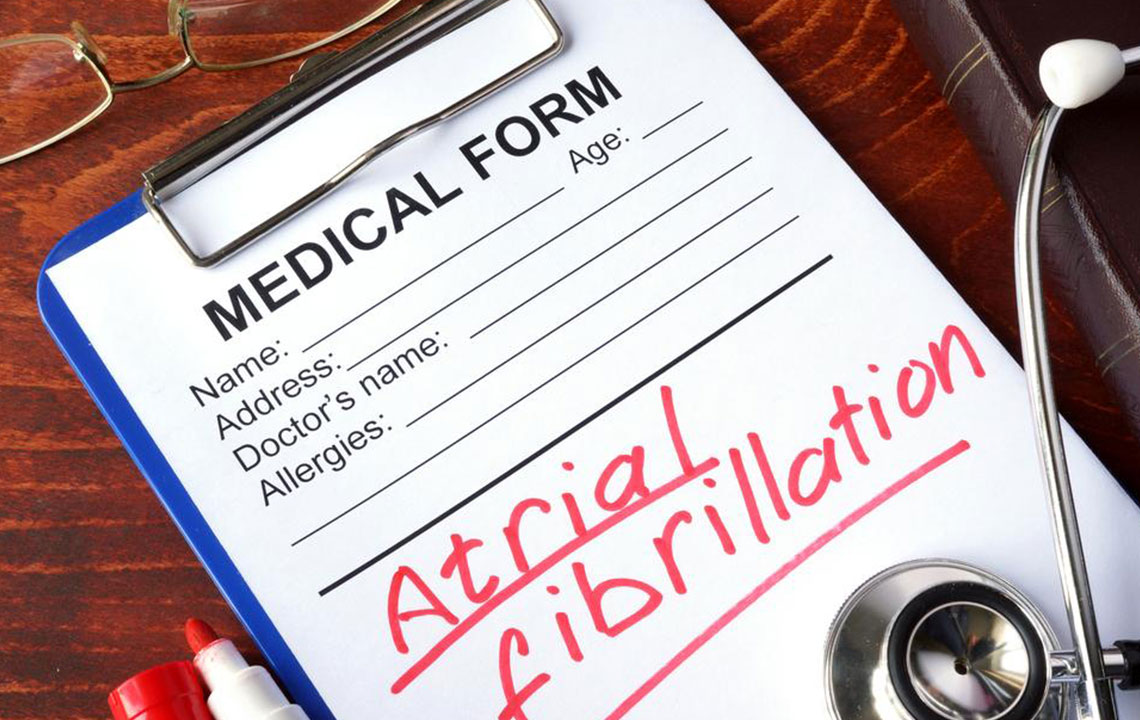Comprehensive Overview of Stroke: Causes, Types, and Warning Signs
This comprehensive article explores the causes and types of strokes, including transient ischemic attack, ischemic stroke, and hemorrhagic stroke. It emphasizes early detection, risk factors, and the importance of prompt treatment to reduce brain damage and save lives. By understanding the mechanisms behind strokes, individuals can adopt preventive measures and seek immediate medical attention when needed. The article is essential reading for anyone interested in neurological health, stroke prevention, and emergency response strategies.

Comprehensive Overview of Stroke: Causes, Types, and Warning Signs
A stroke represents a significant and potentially life-threatening neurological emergency that occurs when the blood flow to a part of the brain is suddenly interrupted or reduced. This interruption deprives brain tissue of oxygen and essential nutrients, leading to the rapid death of brain cells if not promptly treated. Recognizing the early warning signs of a stroke is crucial because immediate medical intervention can greatly improve outcomes and save lives. Strokes can arise from various underlying mechanisms, and understanding these differences is vital for prevention and emergency response. The three most common types of strokes are discussed below in detail, each with unique causes and implications.
Transient Ischemic Attack (TIA): Often referred to as a mini-stroke, TIA occurs when there is a temporary blockage of blood flow to the brain. Despite the symptoms resolving quickly, it should never be ignored as it indicates an increased risk of a future full stroke. Recognizing TIA symptoms and seeking immediate medical care can prevent a potentially devastating event.
TIAs happen when a small blood clot temporarily blocks blood flow to part of the brain. They often serve as warning signs for more serious stroke incidents in the future. Because symptoms resolve quickly, individuals may underestimate their severity, but medical evaluation is essential to assess stroke risk factors and implement preventative measures.
Ischemic Stroke: This is the most common type of stroke, accounting for approximately 87% of all cases. It occurs when a blood clot or other fatty deposit obstructs a brain artery, depriving downstream tissue of essential blood supply. These blockages often form due to atherosclerosis, where fatty plaques build up along arterial walls. Embolic strokes are a subtype, where a clot forms elsewhere in the body—commonly the heart—and travels to block a cerebral artery. Thrombotic strokes occur when a clot forms directly within a brain vessel. Risk factors include atrial fibrillation, high cholesterol, hypertension, and smoking. Unlike TIAs, ischemic strokes cause persistent neurological deficits that necessitate immediate emergency medical intervention to minimize brain damage.
Ischemic strokes resemble heart attacks in their mechanism—blood flow to vital tissues is obstructed, leading to tissue death if untreated. The longer a blockage persists, the more extensive the brain injury. Rapid diagnosis with imaging and blood tests, followed by clot-dissolving medications or surgical procedures, are critical for recovery.
Hemorrhagic Stroke: Hemorrhagic strokes account for approximately 13% of all strokes and occur when a weakened blood vessel in the brain ruptures, spilling blood into the surrounding brain tissue. This bleeding can increase intracranial pressure and cause further damage. Common causes include cerebral aneurysms—abnormal bulges in vessel walls that burst—and arteriovenous malformations, which are congenital tangles of fragile blood vessels prone to bleeding. Hypertension is a significant risk factor, as high blood pressure weakens vessel walls over time. Hemorrhagic strokes often present suddenly with severe symptoms, requiring urgent surgical intervention to control bleeding and reduce pressure.
Understanding the Causes of Stroke
Strokes primarily occur due to disruptions in the brain's blood supply, either from blockages or vessel ruptures. The main sources of blood flow to the brain are the carotid arteries in the neck and the vertebral arteries along the spine. Any interruption to these arteries' flow—whether from blood clots, plaques, or ruptures—can lead to irreversible brain damage. The severity and outcome of a stroke depend heavily on how quickly treatment is administered. Recognizing risk factors like high blood pressure, smoking, diabetes, high cholesterol, and atrial fibrillation helps in preventative strategies to reduce stroke incidence. Maintaining a healthy lifestyle—balanced diet, regular exercise, avoiding tobacco and excessive alcohol, and managing chronic conditions—can significantly lower the risk of stroke.
In conclusion, strokes are complex medical emergencies with various causes and types, each requiring specific treatment strategies. Early detection and prompt medical response are the keys to minimizing the devastating impact of strokes on individuals and their families. Education about symptoms such as sudden weakness, speech difficulties, vision problems, and severe headache is essential for timely intervention. Advances in medical science continue to improve stroke prevention, diagnosis, and management, making awareness and prevention more crucial than ever in safeguarding brain health.





